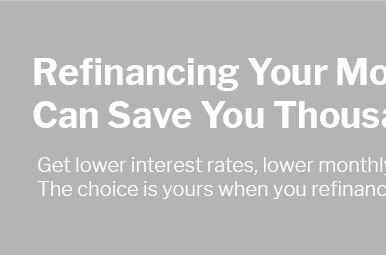 |
 |
 |
 |
 |
|---|
 |
 |
|
|---|---|---|
 |
 |
|
 |
 |
|
 |
 |
 |
 |
 |
 |
Exploring the Dynamics of the Lowest Mortgage Refinance RatesIn today's ever-evolving financial landscape, the quest for the lowest mortgage refinance rates has become a focal point for homeowners aiming to optimize their financial portfolios. Navigating this complex terrain requires a keen understanding of market trends, personal financial health, and the subtle nuances that differentiate lenders. The pursuit of a favorable refinance rate is akin to a delicate dance, balancing the benefits of reduced monthly payments against the potential costs involved. At the core of this endeavor is the prevailing interest rate environment. Interest rates, influenced by a multitude of factors including economic growth, inflation, and central bank policies, play a pivotal role in determining the feasibility of refinancing. When rates are low, refinancing can lead to significant savings, freeing up funds for other investments or expenditures. However, this is contingent upon timing; the challenge lies in predicting the trajectory of rates, which can be as unpredictable as the weather. Another critical consideration is credit score. A robust credit profile not only opens the door to the lowest available rates but also strengthens one's negotiating position with lenders. For those with less-than-stellar credit, improving this score before embarking on the refinancing journey can be a prudent strategy. This might involve paying down existing debts, correcting inaccuracies in credit reports, and ensuring timely payments on current obligations. The decision to refinance should also be weighed against the associated costs and fees. These may include application fees, appraisal costs, and closing fees, which can sometimes offset the benefits of a lower rate. It is crucial to conduct a thorough cost-benefit analysis to ascertain whether the long-term savings justify the initial outlay. Consulting with financial advisors or using online calculators can provide clarity in this regard. Furthermore, the type of mortgage plays a significant role in the refinancing equation.
Finally, the choice of lender can significantly impact the refinancing experience. While traditional banks offer familiarity and a wide array of products, online lenders might provide more competitive rates and faster processing times. It is advisable to shop around, obtaining quotes from multiple lenders to ensure the best deal. Reading reviews and seeking recommendations can also provide insights into a lender's reputation and customer service quality. In conclusion, while securing the lowest mortgage refinance rates can yield substantial financial benefits, it requires a strategic approach and careful consideration of various factors. By staying informed and meticulously evaluating options, homeowners can make decisions that align with their financial goals and personal circumstances, ultimately enhancing their financial well-being. https://www.rocketmortgage.com/refinance-rates
Today's Rocket Mortgage Refinance Rates ; 30-Year Fixed - 6.625% - 6.929% ; 20-Year Fixed - 6.25% - 6.658% ; 30-Year FHA - 6.49% - 7.378% ; 30-Year Jumbo Fixed - 6.125%. https://www.investopedia.com/today-s-mortgage-refinance-rates-by-state-nov-22-2024-8750165
The six states registered 30-year refi averages between 6.71% and 7.01%. Meanwhile, the states with the highest Thursday refinance rates were ... https://www.navyfederal.org/loans-cards/mortgage/mortgage-rates.html
Rates as of Mar 14, 2025 ET. Rates subject to change. Payment Example. Conventional Fixed Mortgage Rates
|
|---|